LG QNED99SQB 2022 – 65/75/86” of pure 8K mini-LED TV viewing pleasure (AV review).
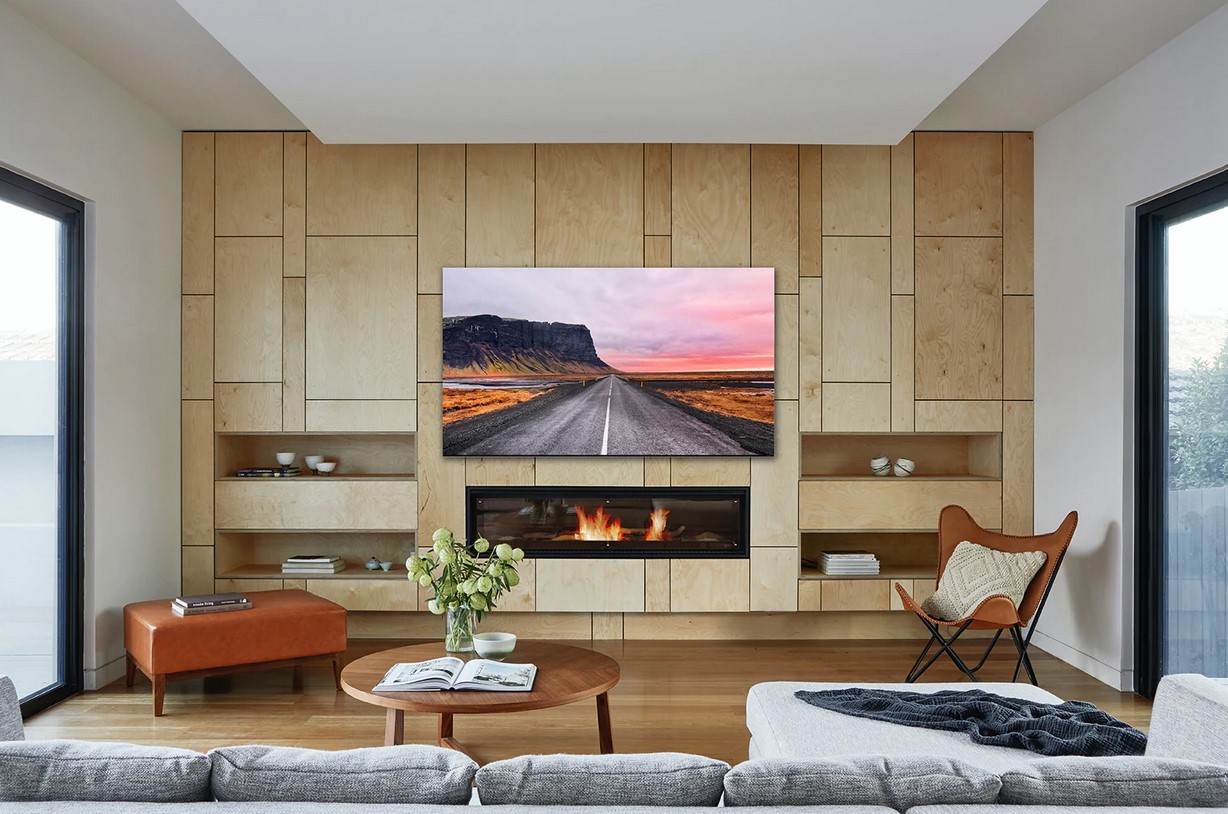
The LG QNED99SQB 2022 is its premium 8K mini-LED/QLED TV that redefines your TV experience.
We were lucky enough to have this TV for a few weeks over Xmas. It allowed us to rewatch some 4K Dolby Vision Blue-ray titles in glorious 8K upscale. Add to that the LG S95QR 9.1.5 Dolby Atmos soundbar – ultimate sound for every TV and we redefined the term ‘lounge-lizard’.
Now, I know not everyone has 65/75/86” at $4,876/6,576/9,076 plus another $2049 for the soundbar. But I would strongly consider mortgaging my first and secondborn just to become a TV sloth. And a good hint – RRP is rubbery with larger TVs. I have seen the 75” for <$6000 and the S95QR soundbar for $1260, so the kidults are safe (for now).
Yes, it is that good. No, it is still not quite the LG OLED EVO standard. For that, you would need the 4K G2 EVO 75” at $9076. OK, the 4K C2 EVO is pretty good too, and its 77” is $8076. It makes this look like a bargain. But the surprise winner here is the 4K version of this TV that meets or exceeds its 8K big brother for image quality.
What is Mini-LED
Most LCD TVs use full-sized LEDs. At the low end is edge-lit, followed by direct-lit, backlit and Full Array Local Dimming (FALD).
Without getting too deep into the tech, Mini-LED is the brightest backlight to an LCD screen.
This sounds good, but an 8K screen is about 33 million pixels. LG says, depending on size (65/75/86”), it uses up to 30,000 mini-LEDs and 1200-2400 dimming zones. That is around five times another brand’s ‘Pro’ version and nearly ten times its ‘entry-level’ mini-LED.
Remember, not all mini-LEDs are created equal. In fact, one brand is now claiming Mini-LED for its edge-lit models (that use mini-LED instead of regular LEDs that are 40 times larger). It will be a highly abused term in 2023 – like Dolby Atmos is now.
Mini-LED gives increased brightness and contrast and combined with LGs, NanoCell (Quantum Dot) colour provides nice, bright TV images.
Do you need an 8K TV?
No, not yet, anyway. There is little perceptible image quality improvement over a similar 4K LG QNED91SQA 2022 – Mini-LED Quantum Dot is terrific for Aussie homes. Interestingly you can sit a little closer to a larger TV because the pixels are so small.
8K content is enormous in size. At present, there are few plans for free-to-air or streaming services to offer it. As there is little native 8K content, nearly everything you watch must be upscaled to 8K, 7680 x 4320 = 33,177,600 pixels. We have placed the number of pixels and the number of pixels it needs to wrap around the original one in (brackets).
- 480 (307,200, 108x pixels)
- Most FTA TV Is HD 1280x720p SDR (921,600, 36x pixels)
- FHD 1920 x 1080p (2,073,600, 16x pixels)
- 4K 3840 x 2160 (8,294,400, 4x pixels)
That means the TV must create this. Some TVs wrap identical pixels around the original, leading to blurriness, blockiness, and pixelation, especially at 480/720/1080p.
LG uses its extensive AI and machine learning to identify colours, tones, objects, shapes, and lines and compares the previous and future frames to give its best estimate of what that next frame should be. Overall, it does a great job on 1080p and 4K with its α9 Gen5 AI Processor 8K and LG webOS22.
Australian review: LGQNED99SQB 2022 (75” used for all stats)
Note that this is the 2022 SQB version for Australia. It is not at all like the 2021 UQA/TPB or the USA/UPA/UPB version that most reviews cite.
| Website | Product Page and Manual |
| RRP | 65/75/86” at $4,876/6,576/9,076 Exclusive of any seasonal or event discounts. |
| From | LG Online or most quality CE retailers |
| Warranty | 1-year ACL |
| LG | LG (formerly Lucky-Goldstar from 1983 to 1995) is a South Korean multinational conglomerate. It makes electronics, chemicals, and telecommunications products. |
| More | CyberShack LG News and reviews |
We use Fail (below expectations), Pass (meets expectations) and Exceed (surpasses expectations or is the class leader) against many of the items below. We occasionally give a Pass ‘+’ rating to show it is good but does not quite make it to Exceed. You can click on most images for an enlargement.
Consumer Advice
This TV is capable of many things using webOS – recording, scheduling, casting, special effects (Always Ready), Internet Browsing, Voice Control, Speech recognition (languages), Speech to Text, Games Dashboard, access to a wide range of Apps and more. We can’t cover these so if you intend to purchase the TV, read the manual first.
Base specs LG QNED99SQB 2022
While the size varies, the basic specs do not.
- 8K 7680 x 4320
- 10-bit, 1.07 billion colours
- Up to 30,000 mini-LEDs and 1200-2400 dimming zones
- LG webOS 22 (Google Home, Alexa and Apple HomeKit)
- 120Hz panel (100Hz in Australia) with Motion Pro 200 Black Frame Insertion (BFI is not Hz)
- Dolby Vision IQ, HDR10 (and lower), HLG, SDR (Not HDR10+, but that does not matter)
- Dolby Vision modes: Vivid, Standard, Cinema Home, Cinema, Game Optimiser
- HDR modes: Vivid, Standard, FILMMAKER MODE, Cinema Home, Cinema, Game Optimiser
- SDR Standard mode: Vivid, Standard, FILMMAKER MODE, APS, Cinema, Cricket, Game Optimiser, ISF Bright Room, ISF Dark Room
- α9 Gen 5 AI Processor 8K, Wi-Fi 6 AX, Ethernet port, BT 5.0
- 4 x HDMI (1 x eARC) 2.1 8K@60fps (or 4K@120fps), 2 x USB-A 2.0, 1 x USB-A 3.1, 1 x Optical In, TV Antenna
- Sound: 65” 20W (2 x 10W down-firing full-range), 75/86” 40W (assumption – 2 x 10W down-firing full-range and 20W sub-woofer)
First Impression – love that 75” TV – Pass+
This is a big TV – the 75” is 1665mm x 1032mm x 405mm x 39kg (with stand). You can wall mount it, giving it a 30mm width. It makes 55 and 65” TVs look puny.
It is a vast expanse of glass with a thin silver frame. The crescent-shaped pedestal stand protrudes about 200mm in front of the TV and interferes with soundbars. We do not recommend sitting soundbars on top of the stand due to reverberation.
The 75” is best wall-mounted using 2 x 400 x 400 VESA mounting plates. Then you can wall-mount the soundbar.
It comes with the standard LG Magic remote. Not to be critical, but the lack of a backlight is an issue. My wife also dislikes the inaccurate mouse pointer and finds long fingernails a problem with the ‘wheel’. We won’t deduct points as it does the job well. It has an NFC tap for smartphone pairing.

Setup – Pass+
Connect an RF Antenna for Free-to-Air (or Satellite dish), and HDMI (ARC/eARC) to an optional soundbar, apply power and follow the LG webOS 22 Setup Wizard. You can connect to the Internet via Wi-Fi 6 AX 5Ghz or Ethernet cable (best for 4K streaming). You need at least 25/5Mbps NBN for 1080p and 50/20Mbps for 4K streaming.
You cannot use the smart TV functionality unless you create an LG account, ostensibly to ‘understand you better’. A euphemism for serving you tailored advertising content.
You can’t avoid an LG account when you install steaming or other Apps; you must log in. Then those Apps want you also to log in and give up personal data. It is even worse if you use Alexa, Google Assistant or Siri – nothing is sacred.
It supports LG ThinQ, OK Google, Siri, and Alexa voice assistance.
Ports
- 4 x HDMI 2.1, HDCP 2.3 8K@60fps (one eARC/ARC) supporting VRR and ALLM
- 2 x USB-A 2.0 5V/.5A/2/5W (Flash drive or webcam only)
- 1 x USB 3.0 5V/.9A/4.5W supporting up to 2TB SSD
- Ethernet Port (and Wi-Fi 6 AX)
- Optical Out
- RF Antenna and second threaded antenna port
- Missing 3.5mm headphone jack
- Bluetooth 5.0 and supports up to 2 headphones or BT speakers.
- It supports WiSA wireless 2.1 speakers with an optional WiSA USB dongle.


LG webOS 22 – Pass+
This uses webOS 22, and it is smoother, a little easier to use and has some significant gaming improvements over webOS 6. It is still more complex (or comprehensive) than the latest Android/Google TV, but there is a lot to say for muscle memory, and after a couple of weeks, it was intuitive enough.
Like most TV OS, there is an uncertain upgrade path to future versions. LG will provide over-the-air software and security updates at least once a year for two years after the product launch. It will try to provide security updates for up to 5 years if a critical security vulnerability is found.
LG webOS 22 adds
- Profiles for each viewer (for customised advertisement streaming and content) and simplified access via NFC Magic Tap
- More integrated Google Assistant and Alexa (it is a giant smart speaker)
- Better Picture-in-Picture controls and 21:9 and 32:9 screen ratios.
- More game controls, GeForce Now and Stadia cloud gaming
- It will add Matter Standard via ThinQ to control Matter-compatible IoT devices

Streaming Apps – Pass+
The Australian LG Content Store has 80+ apps. It includes iView, 9 Now, 7 Plus, 10Play, SBS on Demand, Optus Sport, Netflix, Prime Video, Apple TV+, Disney+, Foxtel, Kayo, Stan, YouTube/Kids, and Telstra TV Box Office. Many of the Apps are for international streaming channels.
How does it look? Pass+
We will show the test results later, but I wanted to make a few pertinent comments after reviewing the 75” 8K LG QNED99SQB 2022 and 65” 4K LGQNED91SQA.
We awarded the 4K an Exceed rating. It is brighter, has better contrast and has more effective local dimming.
While good, the 8K upscaled image is only marginally better with 4K content. Lower resolution upscales (480/720/1080) are not as good as the 4K TV, which may influence your choice.
Power use is higher than 4K. If energy costs are an issue, then buy the 4K.
It is an IPS panel for reasonable off-angle viewing, but the 4K was slightly better at managing reflections and colour wash-out in my tests. Of course, the larger 75” screen may have contributed.
The colours and blacks are good, but the 4K is slightly better.
And dimming zone control and motion smoothing seem better on the 4K. That is because the 8K has much more screen real estate and processing work.
So, it is not a matter which is best – the 4K 65” versus the 8K 75” is an unfair comparison.
Tests
Note that LG does not publish these specs. All tests are in default mode – usually AI, auto or standard mode – but you can choose from Cinema, Sports, Game, Filmmaker, ISF Expert (Bright space, daytime) and ifs Expert (Dark space night). My advice – stick to standard or vivid depending on your tastes – sometimes a little choice is too much.
And all our equipment, test videos, and Apps are only for 4K – we could not purchase an 8K test suite for this review. In any case, results are upscaled to 8K. And also, remember that most of you will view this review on a 1080 smartphone or computer monitor.
Colour and purity – Exceed
It has 10-bit, 1.07 billion colours and DCI-P3 support. Tests show around 97% gamut coverage with a Delta E of 2.54 out of the box (<4 is excellent). It can be Calman calibrated, which can reduce Delta E to around 1. We tested against Rec 2020 standard – a tad low at 63%, reflecting the lower contrast.
Of course, each mode affects colour accuracy.
- SDR Modes: Vivid, Standard, FILMMAKER MODE, APS, Cinema, Cricket, Game Optimiser, ISF Bright Room, ISF Dark Room
- HDR modes: Vivid, Standard, FILMMAKER MODE, Cinema Home, Cinema, Game Optimiser
- DV modes: Vivid, Standard, Cinema Home, Cinema, Game Optimiser
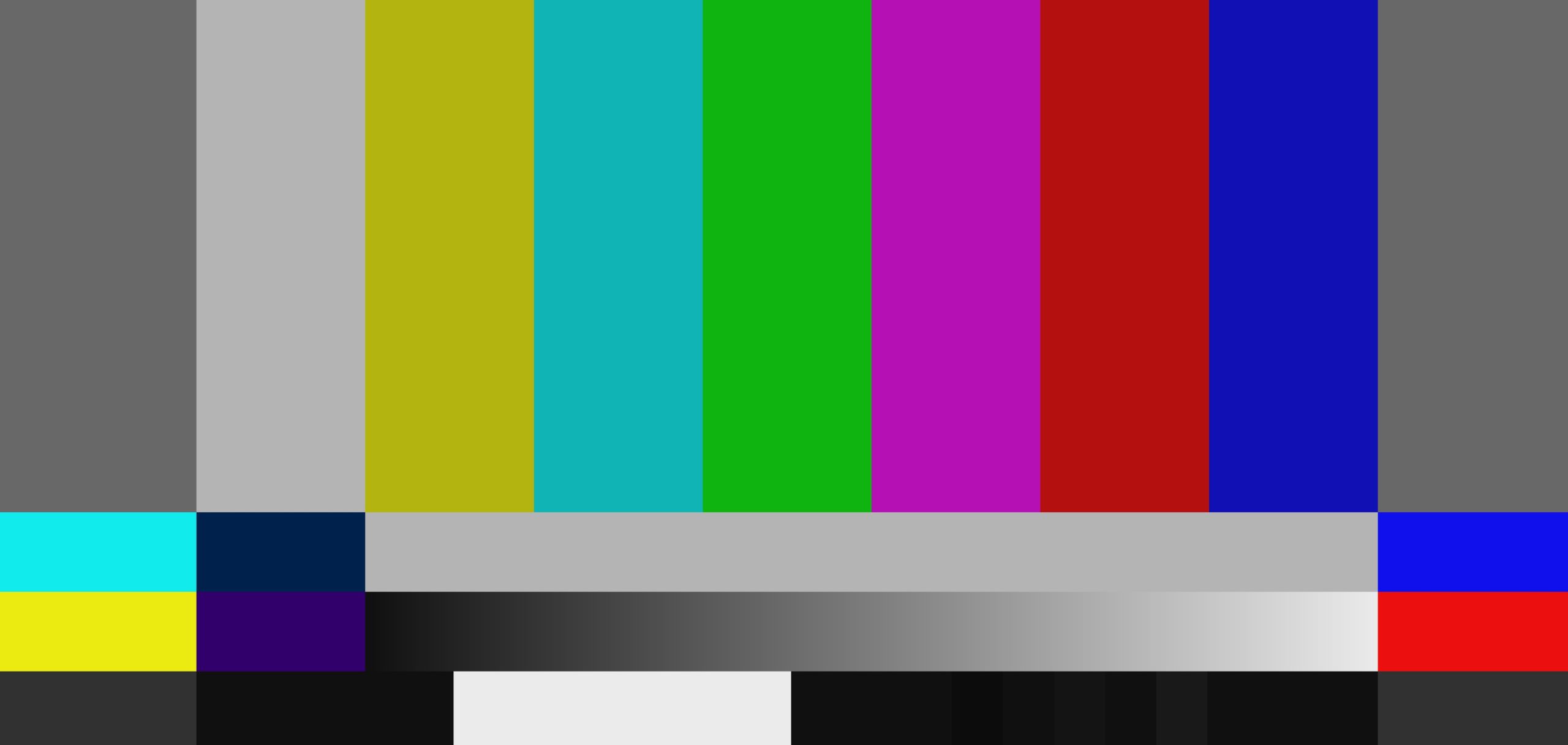




Contrast – Pass+
It uses Precision Dimming Pro+. Our tests show about 6500:1 contrast with high local dimming mode and 650:1 native contrast.
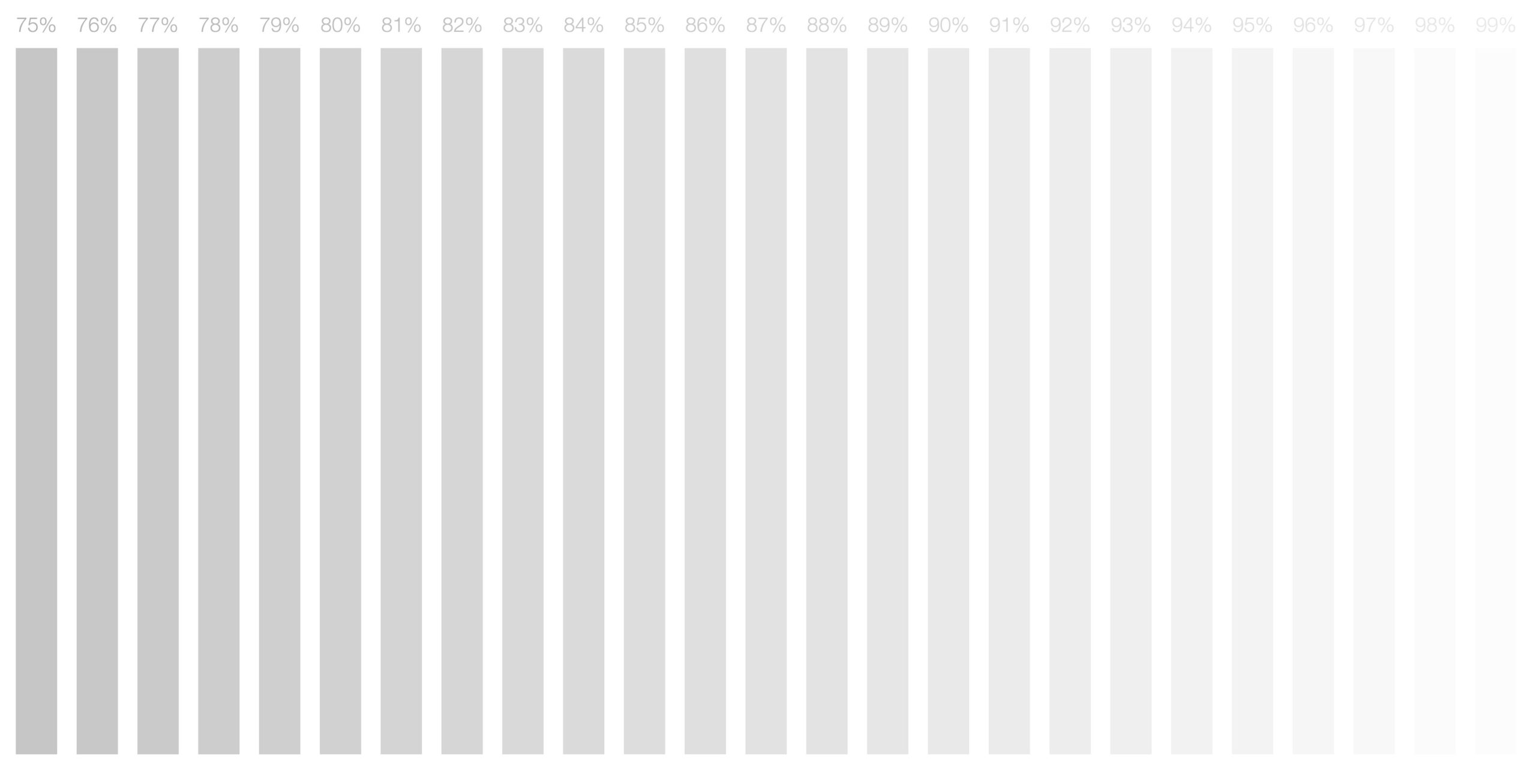

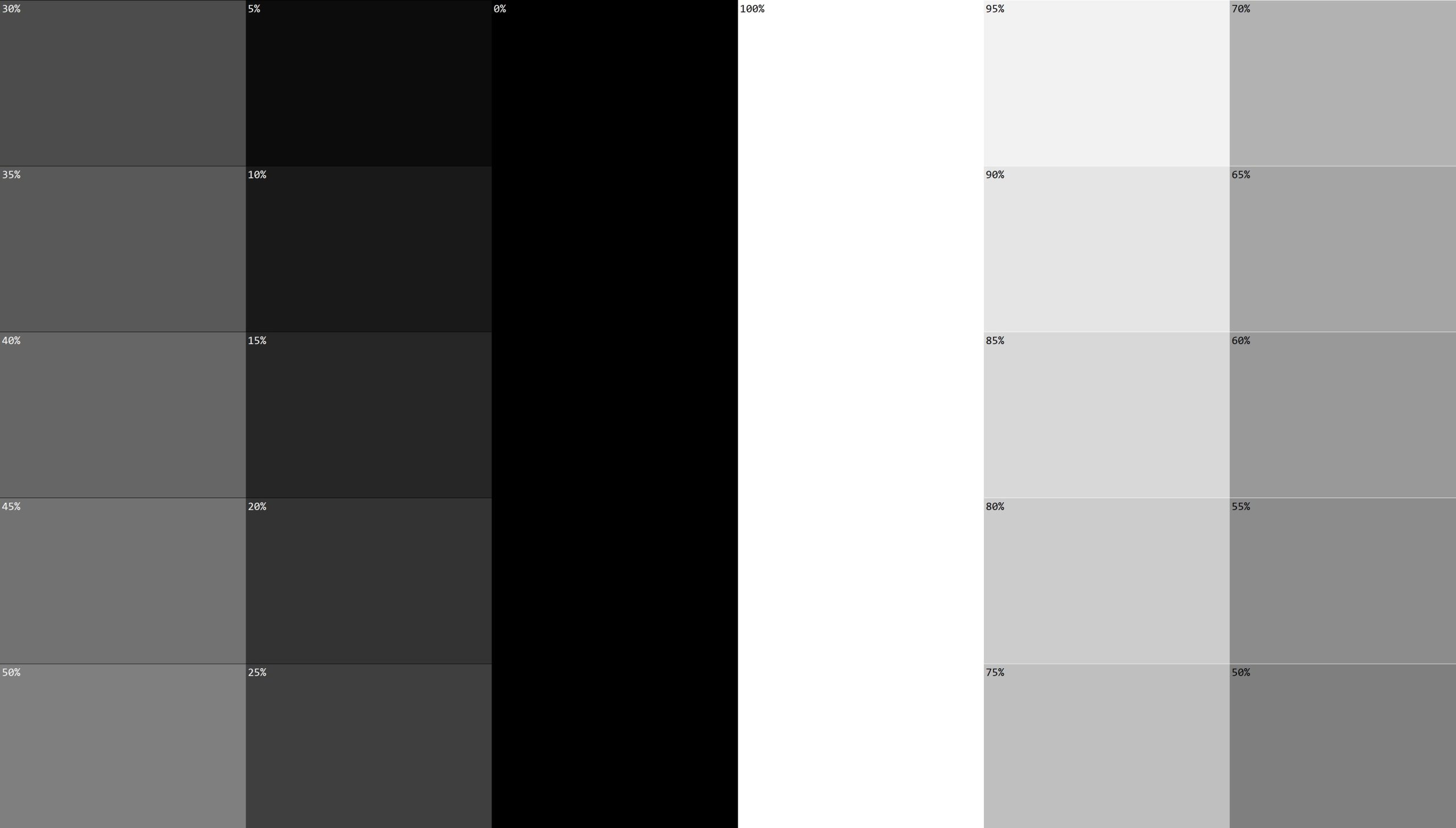
Brightness – Pass+
SDR content maxes out close to 420nits. This is slightly above most TVs but below its 4K model.
HDR is about brightness in a small percentage of the screen. It reaches 1000 nits in 2% of the screen in Vivid mode but, on average, tops out at around 550 nits. It is like Game Mode brightness.
We recommend using Vivid mode and 100% brightness in a bright Aussie lounge. It is not quite up to the 4K panel brightness.
Local Dimming – Pass+
It has about 2000 dimming zones. This affects motion, and as white test objects move between the zones, there is a slight trail. It is not noticeable as a TV at 24/30/60fps – only in the test at 50-100fps.

HDR10 – Pass+
While these tests are more ‘subjective’, there is a visible difference between the same content shown in SDR and HDR. It downgrades HDR10+ to HDR10.
Dolby Pre-sets – for Dolby Vision content only – Pass+
When you play Dolby Vision content, the metadata stream changes the TV parameters on a frame-x-frame basis. You don’t need pre-sets, and again we found Vivid suited us best to compensate for the bright room.

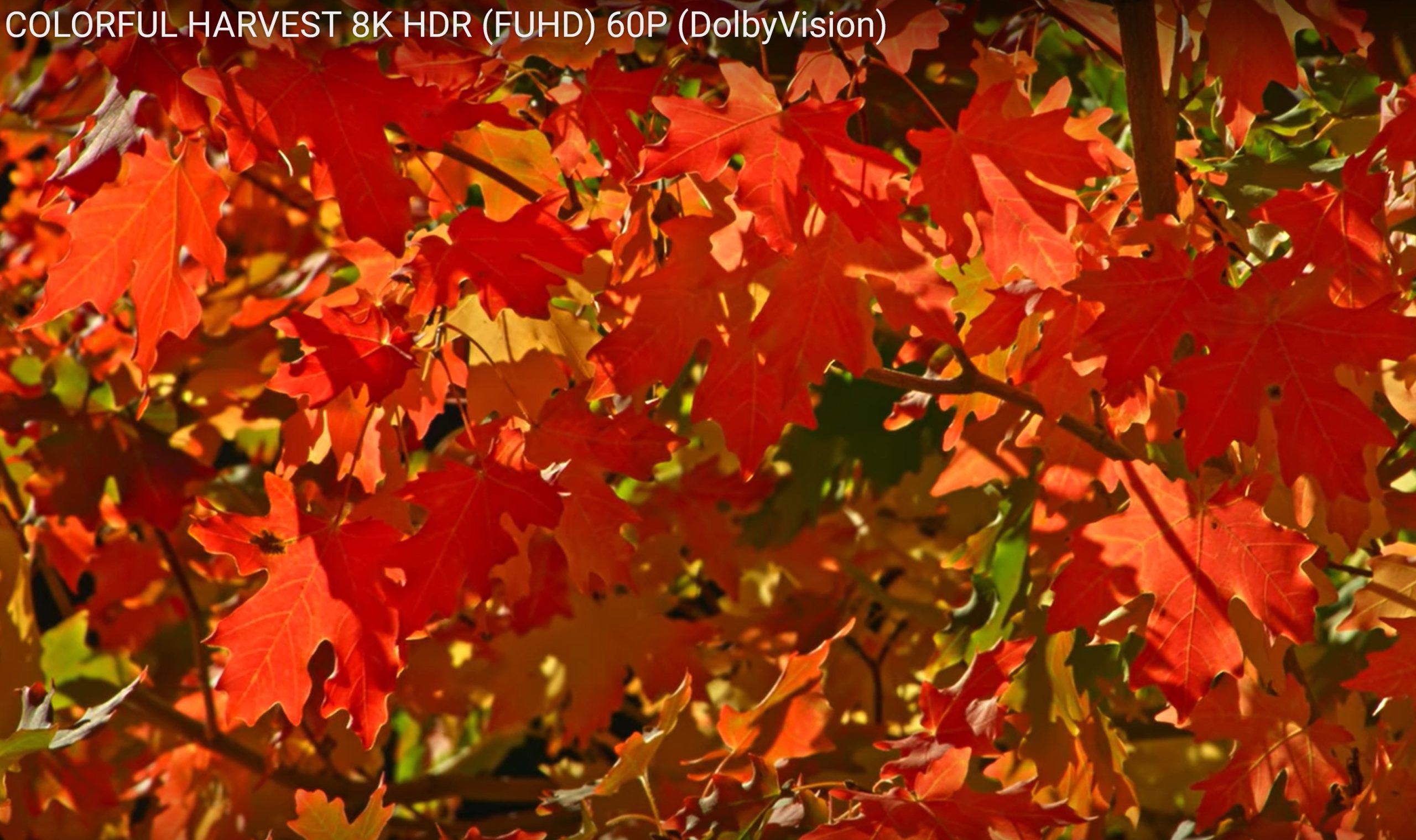
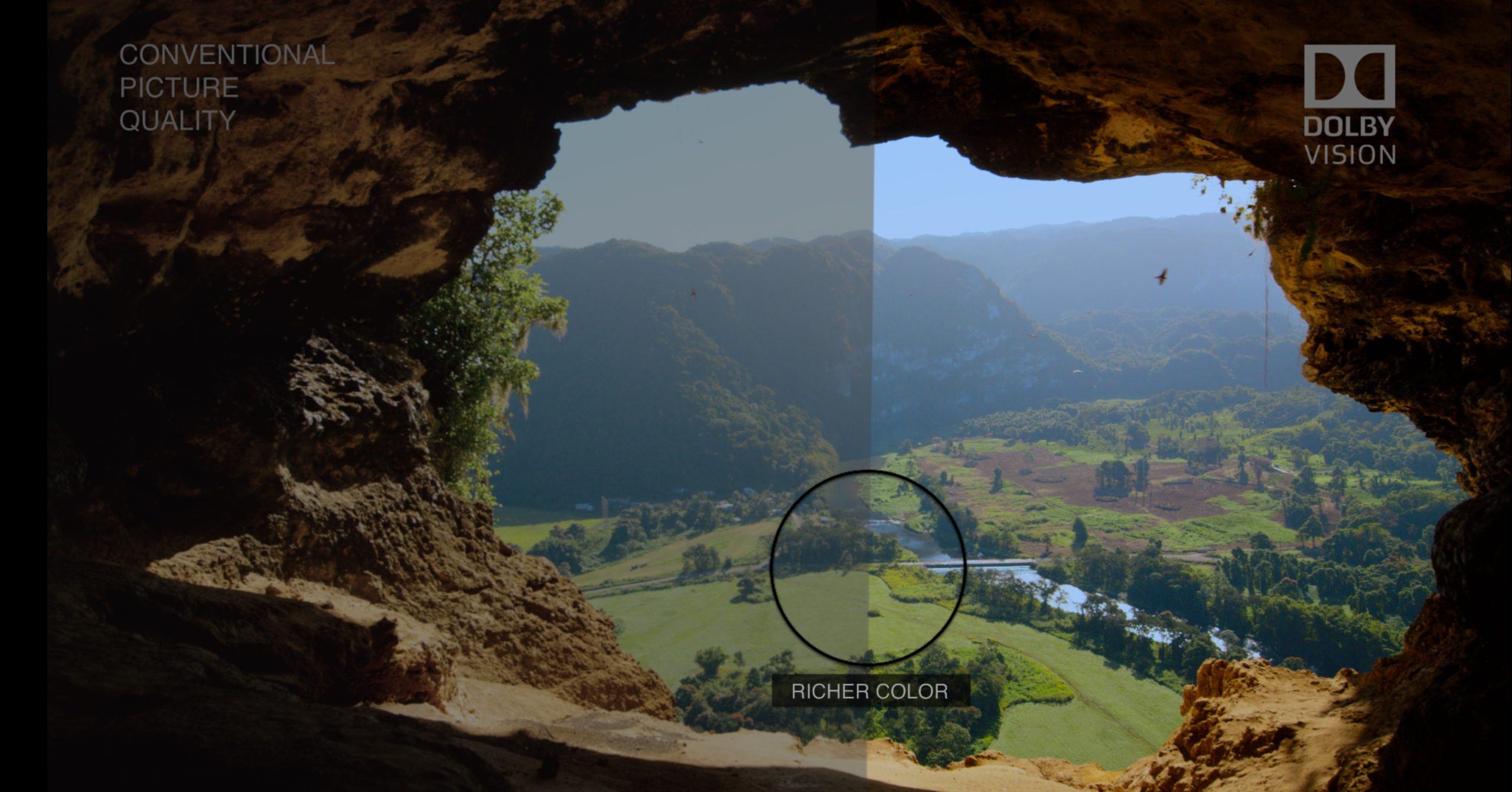

Blooming – Pass
No LCD technology can eliminate blooming (a glow around white lettering like subtitles or objects), but it is well-controlled and best when you set Local Dimming to High.

Dirty Screen Effect (DSE) – Pass
DSE in an LCD panel that has inconsistent luminance performance across its surface area. It can appear as random splotches, uniform lines, wide bars, and sometimes vignetting (slightly darkening toward the corners). The review unit has irregular patches of DSE in the centre.
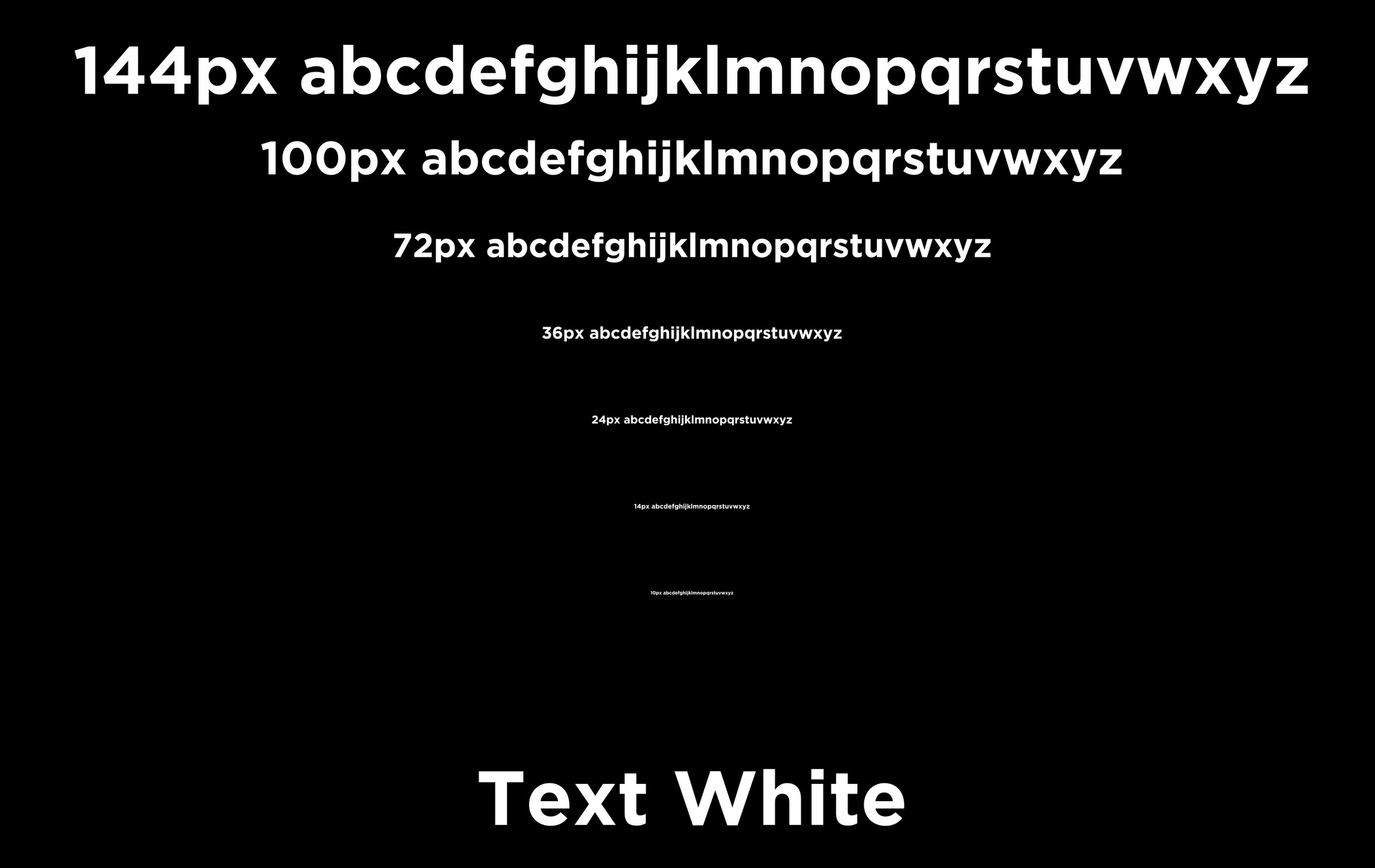
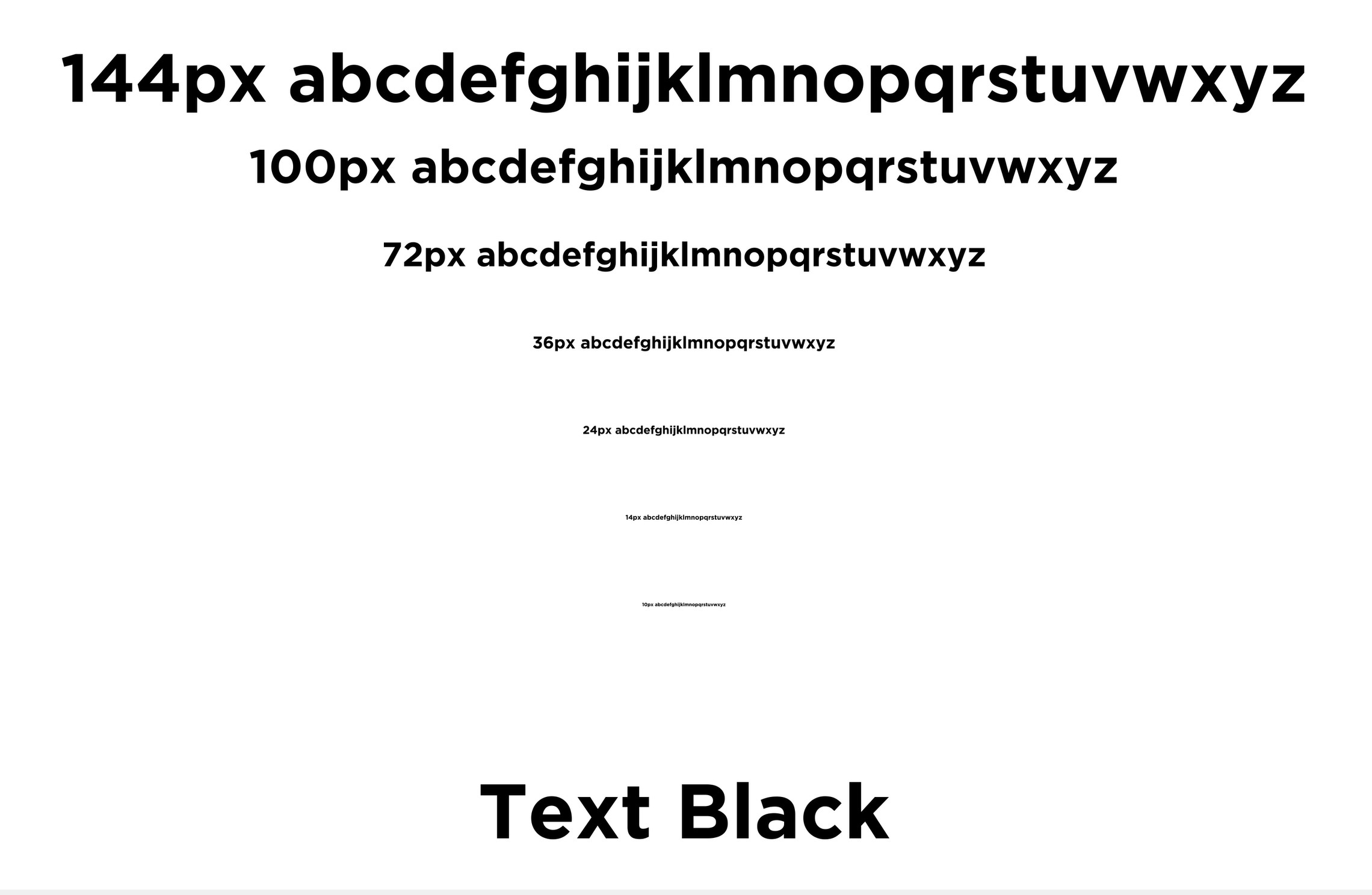
Motion smoothing – Pass+
It has a Motion Pro setting using black frame insertion. The panel is a native 100/120Hz. There is some tearing at higher frame rates, but your eyes will not notice it.
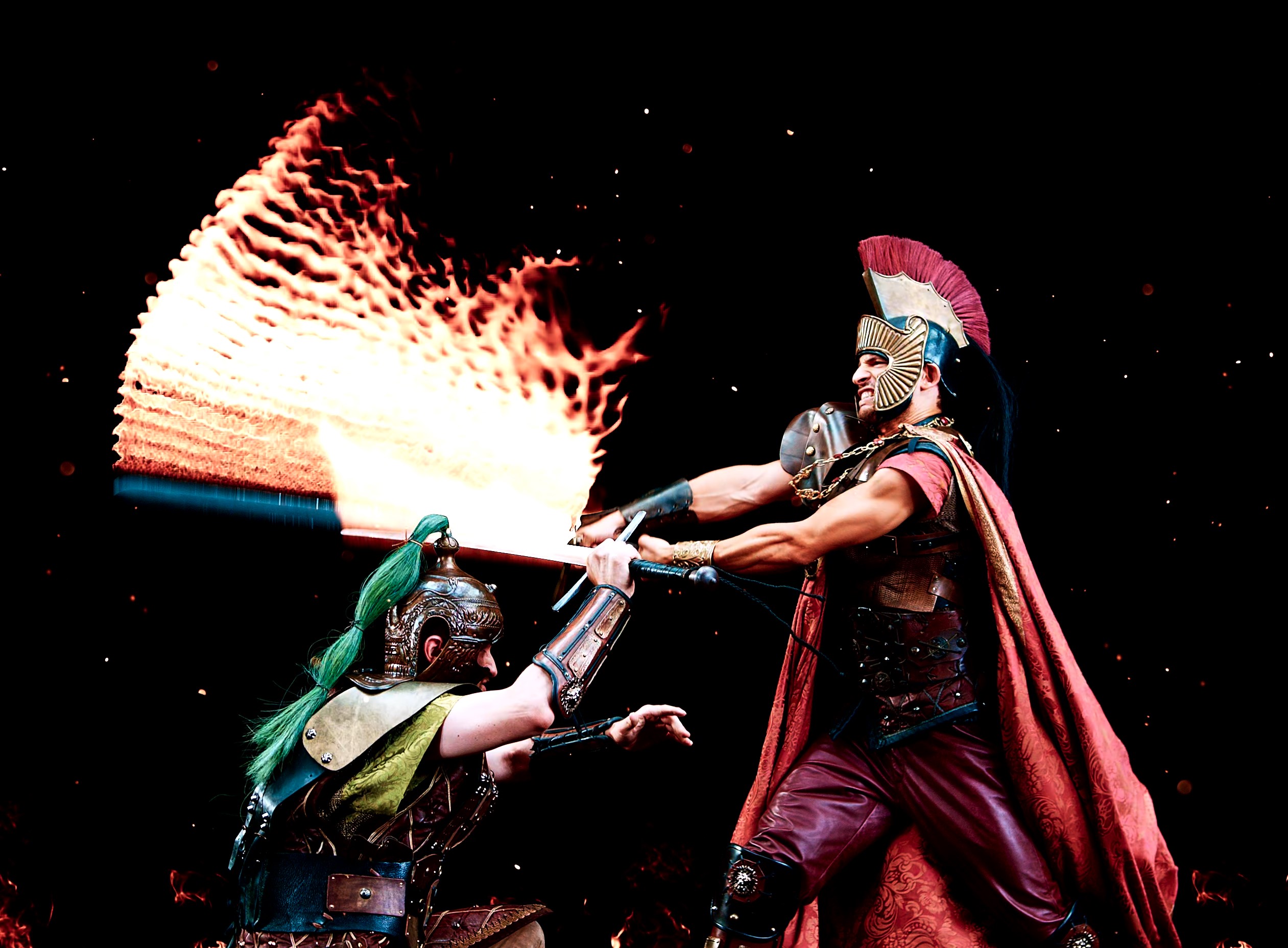
Viewing Angle – Pass
It is an IPS panel with quite good off-angle viewing to about 120°. That means a large three-seater couch and side chairs. However, the colour shift becomes quite noticeable as you move off-angle.
Reflection – Pass
It handles reflections quite well but do not have a bright light source opposite the screen or strong downlights near it.
Upscale – Pass+
LG’s AI upscale is excellent, although 480 and 720p content is too soft on a 75” screen.
PWM flicker – nil
It does not use pulse width modulation to control light levels and is suitable for those affected by strobing.
Gamers Lag – Pass+
We cannot test this but understand it is <15ms G-T-G and as low as 4ms in Games Mode.
The native refresh is 100Hz (we have 50Hz electricity – it is 120Hz where electricity is 60Hz) and has Variable Refresh Rate (VRR), AMD FreeSync Premium, G-Sync, ALLM and LFC (low framerate compensation) to avoid image tearing. It also supports NVIDIA GeForce Now.
It fully supports Dolby Vision Games on Sony PS5 and Xbox X.
Wall mount – Pass
The 65/75” uses 2 x 400 x 400 VESA plates and 2 x 600 x 400 for 86” – about $100 via special order.
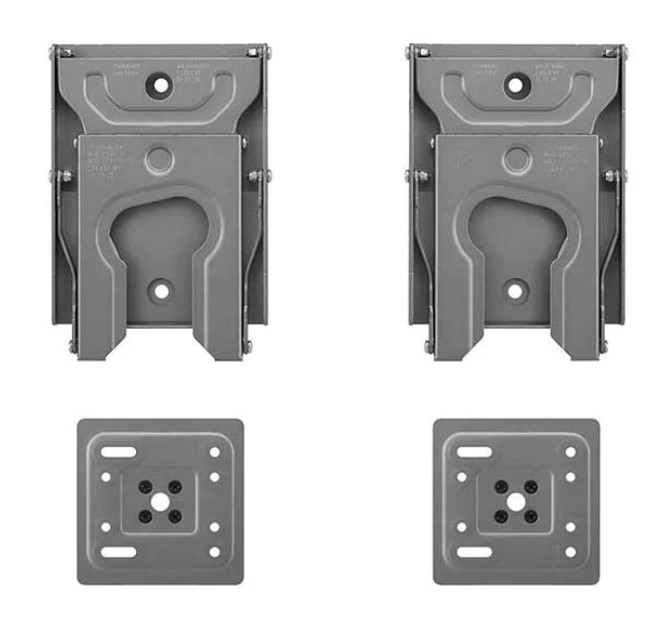
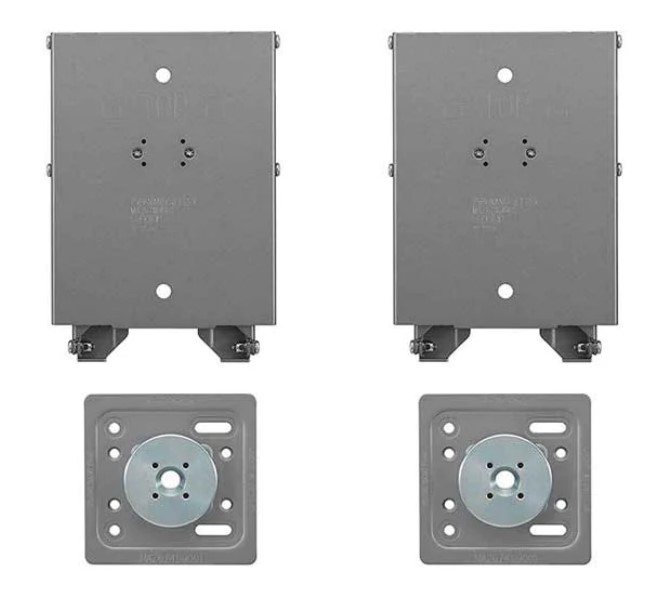
Sound – Pass
LG may want to argue that its 40W system is good (and it is OK), but it is not the same as a good LG soundbar. The maximum sound is 80dB with some distortion – quite enough for a large lounge room. It tends to be a little bass-heavy, cutting in at 80Hz, with strong mid and slightly recessed treble. The treble is a little choppy, meaning the sense of sound direction and a feeling of ‘air’ (a reality as though the music were really there) is a little lacking – music sounds ‘hollower’ than the soundbar option.
It does not disclose the speaker configuration. Our best guess is left/right down-firing stereo (2x 10W) and 20W down-firing woofer.
It does not have AI acoustic tuning to the room acoustics.
Tested on AI sound at 100% volume.
| Deep Bass 20-40Hz | Nil |
| Middle Bass 40-100Hz | Starts building to flatten at 110Hz |
| High Bass 100-200Hz | Flat |
| Low Mid 200-400Hz | Flat |
| Mid 400-1000Hz | Flat |
| High-Mid 1-2kHz | Flat |
| Low Treble 2-4kHz | Flat |
| Mid Treble 4-6kHz | Flat |
| High Treble 6-10kHz | Dip to avoid harshness |
| Dog Whistle 10-20kHz | Flat to 15kHZ, then drops off a cliff. |
| Sound Signature type | In most respects, it is a neutral signature that allows the pre-sets to do their job. While mid-bass is there, it is more of a hint than the definition needed. |
| Soundstage | On non-DA content, it is about the width of the TV |
| Dolby Atmos | On DA content, it has no 3D spatial height and a very slight sound stage expansion |
| Volume | 80dB – loud, but you may expect more, so get a soundbar |
| Comment | The sound signature is a blank canvas for music, movies, and voice. The AI Auto sound works very well. |

Virtual Dolby Atmos – Fail
The inbuilt speakers are incapable of 3D spatial height or surround. The TV does not support DTS surround and will present that as 2.0. Otherwise, it can decode PCM and Dolby Digital+ (5.1) and downmix to its speakers.
All sound can pass through the HDMI eARC cable to a soundbar for processing. This is the perfect candidate to mate with LG S95QR 9.1.5 Dolby Atmos soundbar – the ultimate sound for every TV (review). Suffice it to say that it makes an instant and tangible difference. It also supports Dolby Atmos and DTS formats.
If you use BT headphones, you can still use the internal TV speakers and Digital Audio output. This means the hearing impaired can use headphones while others listen to the TV speakers or a soundbar using a Digital Audio connection.
Accessibility – Pass+
We have mentioned that you can connect BT headphones and still use the TV speaker or Digital Optical. There is a specific hard-of-hearing setting.
But there are many accessibility options, including High Contrast, Greyscale, Colour inversion, Subtitles, and more.
Power – hungry – Pass
Depending on the content and brightness, it consumes about 150W/hr to over 300W/hr.
CyberShack’s view – The LG QNED99SQB 2022 is a fine TV for those who can afford it
Unfortunately, the 8K is more about bragging rights, and we feel the 4K LG QNED91SQA offers a slightly superior 4K image at a lower price.
The 75 and 86” are great for watching TV in bright Aussie lounge rooms. Equally so for dark media rooms, although here, the gap between Mini-LED and OLED widens considerably in the latter’s favour.
Subjectively, I would buy the 4K LGQNED91SQA if money was an issue. 8K will come down to 4K prices when the time is right – just as 4K killed 1080p (and those TVs are still excellent for FTA and HD/FHD streaming).
Competition
As this premium, Mini-LED supports Dolby Vision IQ and Atmos, that eliminates Samsung, which doesn’t support it.
Both TCL (X925) and Hisense (U90G) have 75” 8K mini-LED. We have not reviewed these. If you consider either, look for the number of Mini-LEDs, dimming zones, native contrast, and brightness and see if you can be objective about the best image (not in store mode). In short, they don’t appear to be in LG’s class, but they are lower-cost.
And remember, the 2023 models will all be announced soon at CES 2023 for supply later this year. It follows that these will be even better.
Rating Explanation – LG QNED99SQB 2022
- Features: 90 – that is the same for any LG mini-LED, OLED, or ULED TV
- Value: 85 – we have yet to see a fall in 8K prices to make them a viable 4K upgrade option
- Performance: 85 – slightly below the LG QNED91SQA
- Ease of Use: 90 – its web OS 22
- Design: 90 – LG quality and build
LG QNED99SQB 2022, LG QNED99SQB 2022, LG QNED99SQB 2022, LG QNED99SQB 2022, LG QNED99SQB 2022
LG QNED99SQB 2022 8K TV
Pros
- A good quality image that only a videophile could criticise
- Good viewing angles and reflection handling
- Lots of features and Apps in webOS 22
- Upscales 4K content very well – not quite as good at lower resolutions
Cons
- Native contrast is a tad low for Dolby Atmos – fine for HDR10
- Some blooming around bright objects
- Some DSE (varies from TV to TV)
- Power hungry, but all big TVs are
- Sound requires a soundbar!






